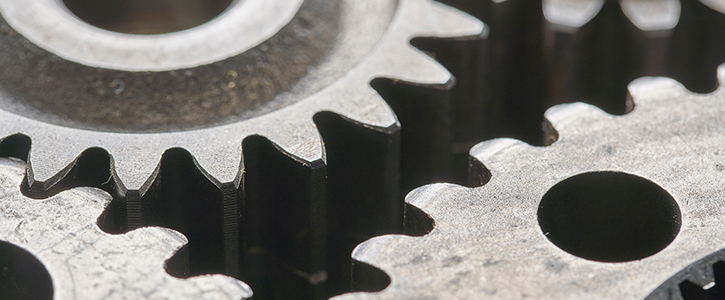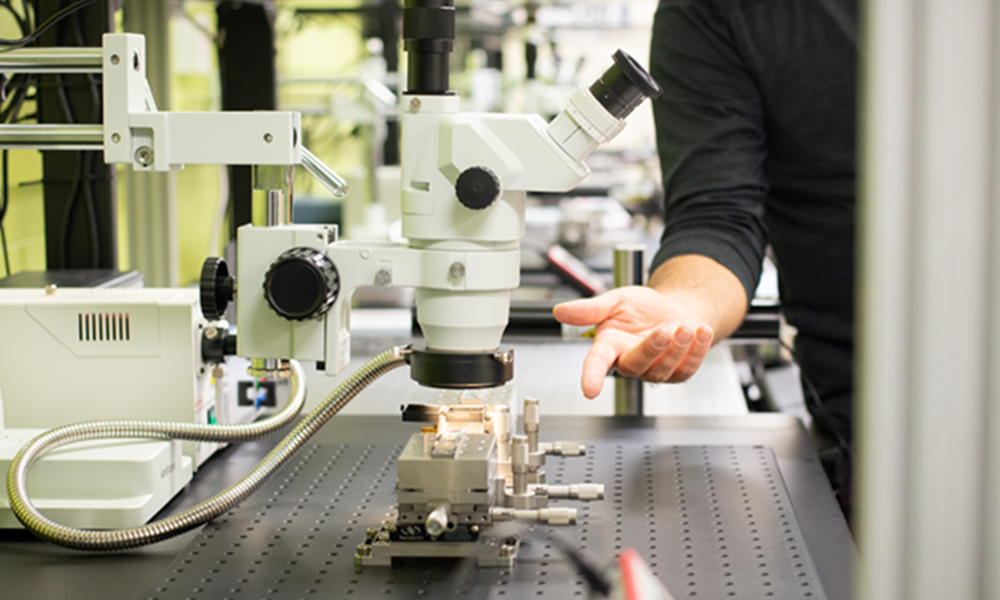Dr. Vedang Chauhan, assistant professor of Mechanical Engineering at Western New England University will continue research on an E-CVT system for small engines thanks to a $15K MA Acorn grant from the Massachusetts Technology Transfer Center (MTTC).
The project is titled "Continuing Development of an Electronically Controlled Continuously Variable Transmission (E-CVT) System for Small Engine Applications," which seeks to improve transmission systems for small engines using the E-CVT technology. The system is incorporated into the Baja vehicle designed by the University's Golden Bear Racing Team for regional and national competitions. Students Adam Lee (Mechanical Engineering), Joseph Wetzel (Mechanical Engineering), and Jeremy Bowler (Electrical Engineering) from the Baja Club will conduct research on the E-CVT project.
"In high horsepower vehicles [> 200 Hp], such as sedans and cross-overs, an oil pump is used and powered by the vehicles engine in conjunction with an onboard control system to control CVT shifting," explains Dr. Chauhan. "However, CVT systems have also been implemented in a wide array of low Hp [<200 Hp] vehicles including small scale passenger vehicles that dominate the roads in developing countries around the world." According to Dr. Chauhan the difference is that these vehicles, and their engines, cannot afford to allocate the required amount of power required by an oil pump to control shifting. Instead, they use a fully mechanical system that relies on a series of springs and weights. In order to achieve maximum fuel efficiency, each CVT must be tuned for the exact motor it is paired with and the tuning process is extremely difficult and tedious. "To bridge the gap between efficient CVT systems and low horsepower vehicles," he says. "This research is the continuation in optimizing the use of an electronically controlled and actuated continuously variable transmission (E-CVT)."





